Industrial Engineer with focus on Tribology and Sealing Technology. Team player with an open-minded mentality author of several scientific publications and an industrial patent. Interested in Lean Management, Innovation, Circular Economy, Additive Manufacturing and Connected Objects Technology.
Introduction to Sealing Technology
Let’s start from the beginning: what is a seal?
A device or material that is used to close off or fasten an opening or connection, especially to prevent the escape of a liquid or gas.
In other words, a seal is a mechanical component used for keeping the fluid A and the fluid B apart.
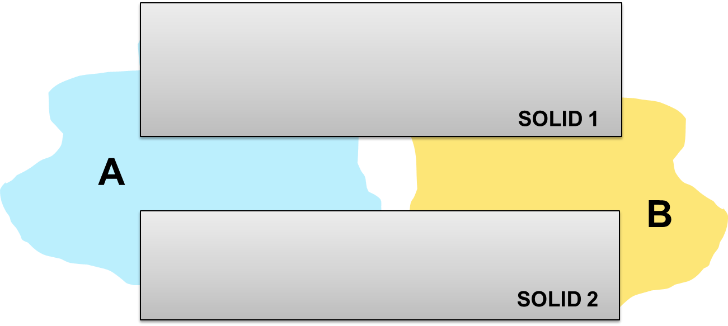
Figure 1. A sealing component keeps fluid A and fluid B separated.
The sub consequent question is what makes fluid A want to mix with fluid B and vice versa, i.e. which are the transport mechanisms of these fluids? There are basically two:
- Pressure driven: when the pressure on one side is larger than the pressure on the other side a flow develops from high to low pressure. This is often referred as Poiseuille flow.
- Velocity driven: a moving wall drags the fluid layer in contact with it generating the transport of the fluid. This is often referred as Couette flow.
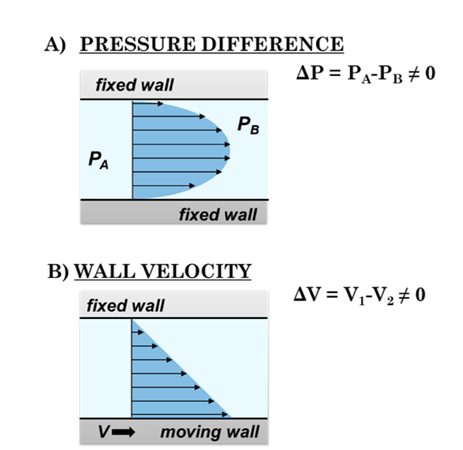
Figure 2. Poiseuille and Couette fluid transport mechanisms.
The solution to prevent these transport mechanisms to develop consists on placing a third body (i.e. the seal) in between the solids as shown in Figure 3. Note that by doing so, two sealing paths are formed, each one between the sealing component and the surrounding hardware. Consequently, both leakage paths must be successfully sealed. When there is no relative velocity between the parts of a sealing surface it is called a static sealing surface, otherwise it is called a dynamic sealing surface. A dynamic sealing component is a seal which has at least one dynamic sealing surface
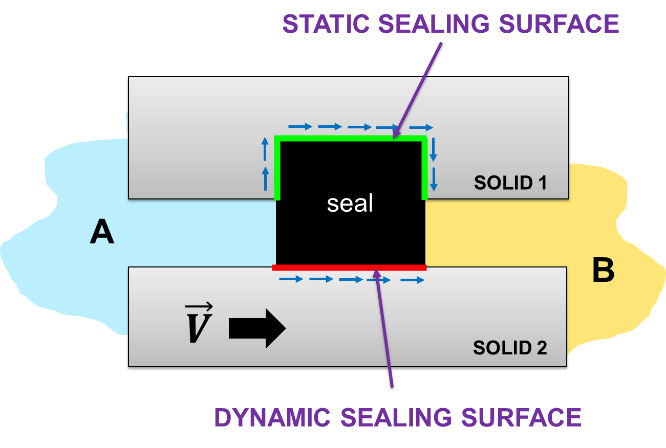
Figure 3. Static and dynamic sealing surfaces.
Dynamic seals can be further classified according to the characteristics of the moving components. Generally, these can be classified in two groups: Reciprocating and Rotary seals.

Figure 4. Classification of sealing components.
Dynamic reciprocating seals are commonly used in compressors , shock absorbers and pistons. Rotary seals are used in rotating equipment, e.g. turbines, washing-machines, stern tubes, etc. Alternatively, seals can be classified in several ways. Just to cite some
- Material (NBR, PTFE, EPDM, silicone, FKM, TPU, metal,…)
- Direct contact between the parts (contacting, brush, labyrinth, and clearance seals)
- Pressurization (pressurized and non-pressurized seals)
- Type of lubricant used for their operation (dry, lubricated, water-lubricated seals)
In fact, seals are everywhere. The following are few examples of static seals:
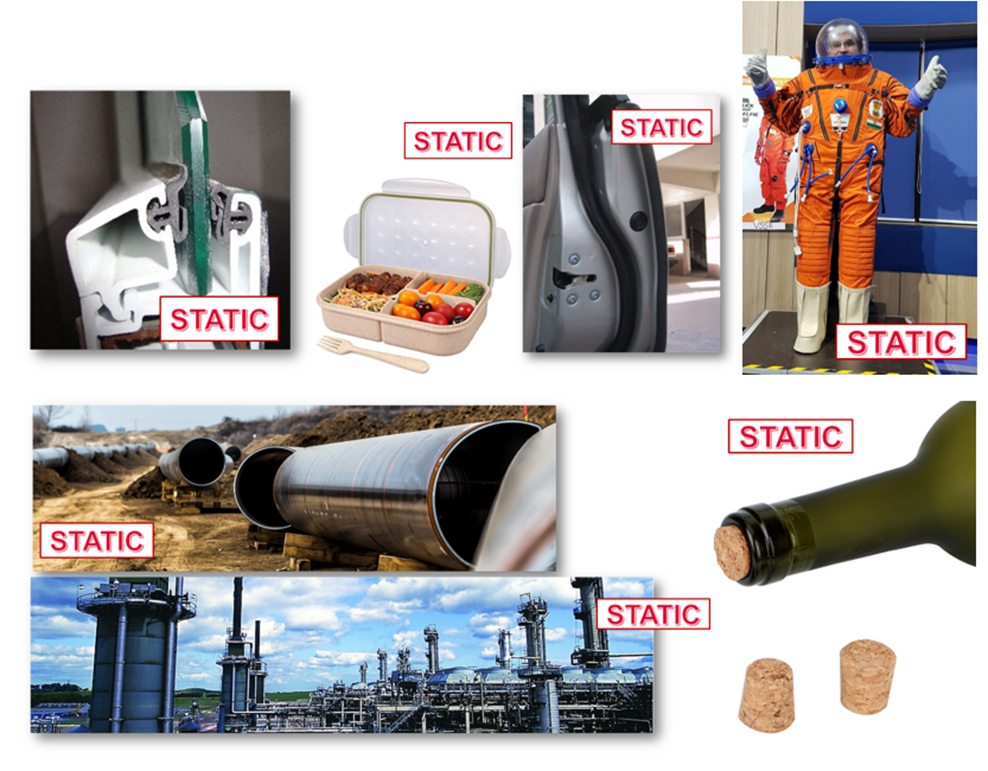
Figure 5. Examples of static sealing components.
When it comes to dynamic seals, notice that the most part of them must prevent leakage also when the components are at rest, i.e. no relative motion between the components. The following images are just few examples:
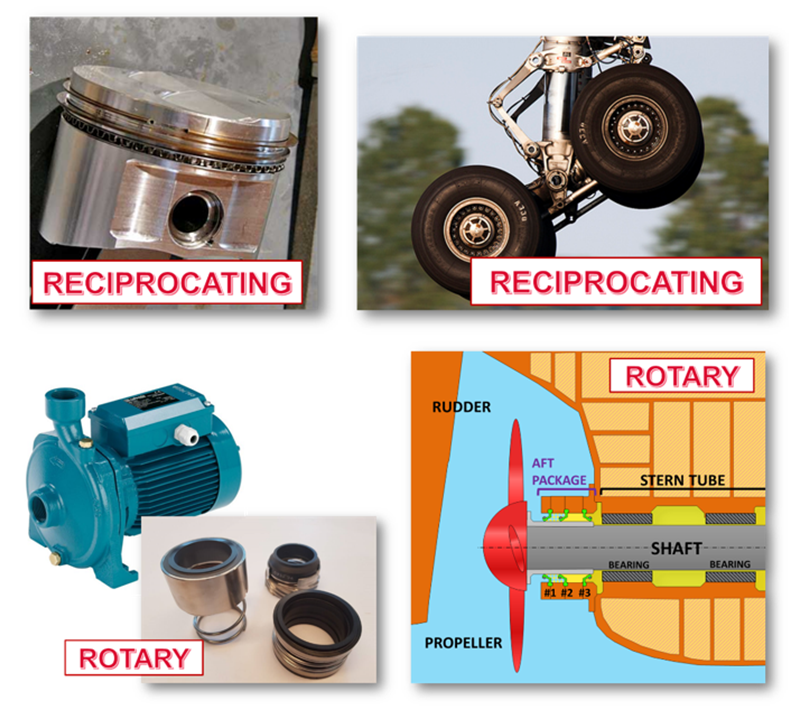
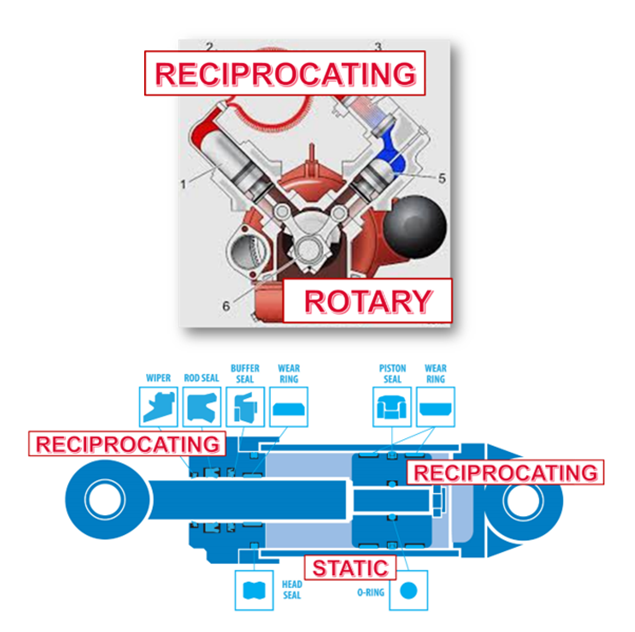
Figure 6. Examples of dynamic sealing components.
Static sealing surfaces
Several variables play a role when it comes to preventing fluid migration between two static surfaces, i.e. the percolation. To understand this phenomenon we need to focus on the microscopic scale. When two surfaces are loaded, the asperities on the surfaces deform leading to a specific real contact area (not apparent but real contact area). A tight sealing surface is achieved when all the microscopic sealing paths are shut. In other words, leakage is prevented when the real contact area spans from one side to the other generating an effective sealing barrier between A and B. Further insight on this phenomenon can be obtained by the use of Boundary Elements models.
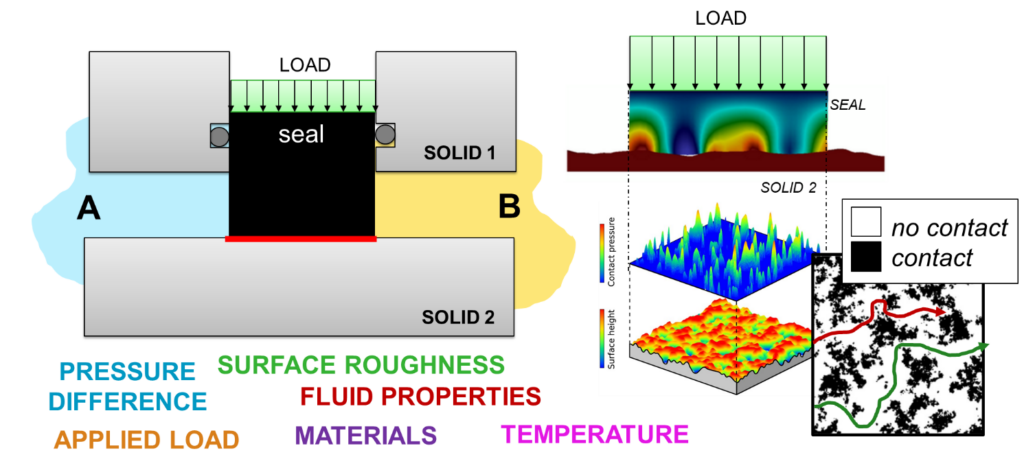
Figure 7. Principle behind of static sealing.
Several variables take place when two surfaces are loaded against each other. The main ones are listed in Figure 7. By increasing the loading of the contact the real contact is extended. Furthermore, by having smoother surfaces, a lower deformation of the asperities is required and hence the contact becomes tight with a lower amount of loading. It is common to select a soft material for the seal that deforms over the asperities of harder counterpart. This way, the microscopic leakage paths can be easily closed. Due to that seals are usually made from material that can conform on the surfaces of the surrounding hardware. Hence, metal seals require from significantly higher load in order to provide a tight sealing surface. Additionally, the characteristics of the fluid being sealed also determines the ease of sealing it: hydrogen is harder to seal than engine oil.
Dynamic sealing surfaces
Dynamic sealing surfaces are those in which there is a relative velocity between the seal and its countersurface. In general, dynamic sealing surfaces are usually more challenging than the static ones because hydrodynamics pressures usually arise. These makes them specially challenging and hence it becomes challenging to ensure its leakless operation.
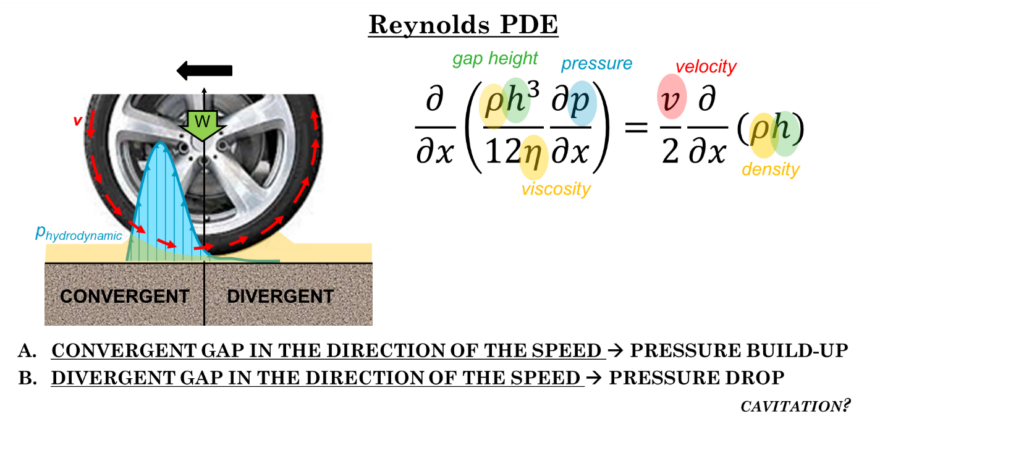
Figure 8. Hydrodynamics are responsible of vehicle aquaplaning.
Both reciprocating and rotary dynamic seals are still nowadays a hot topic in research. The author spent the last four years focusing on rotary lip seals and there are still many unkowns on the operation of these seals (see Figure 6). The topic of dynamic sealing will be approached in a separate post as it goes beyond the scope of this publication.
Reciprocating Seals
Reciprocating seals are broadly used in compressors and pistons. When the seals are mounted on the moving part these are referred as piston seals and when the seals seat on the static part they are referred as rod seals. Wipers, guide rings and back-up rings are also reciprocating sealing components.
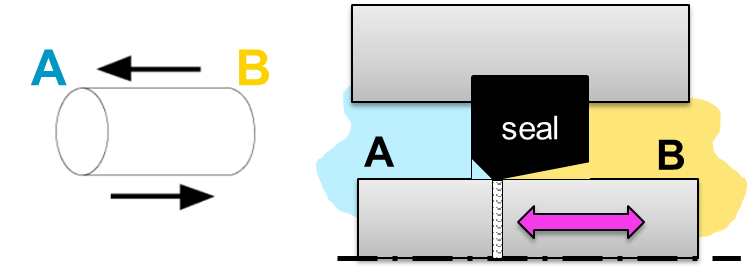
Figure 9. Reciprocating sealing component.
Hydrodynamics play a paramount role there. The geometry of the gap, the shaft stroke, the velocity and the fluid properties on each side determine the pressure build-up and hence to a flow rate in each direction of motion. Therefore, the flow rate during the instroke often differs from the flow rate during the instroke leading to an overall flowing direction. With the use of EHL simulations, these flowrates can be optimized to the specific application.
Rotary Seals
Generally, there are two strategies when it comes to sealing a fluid from a rotating shaft: lip seals and face seals. The main difference between them is that lip seals have the sealing surface oriented in the radial direction while axial seals have the sealing surface on the axial direction.
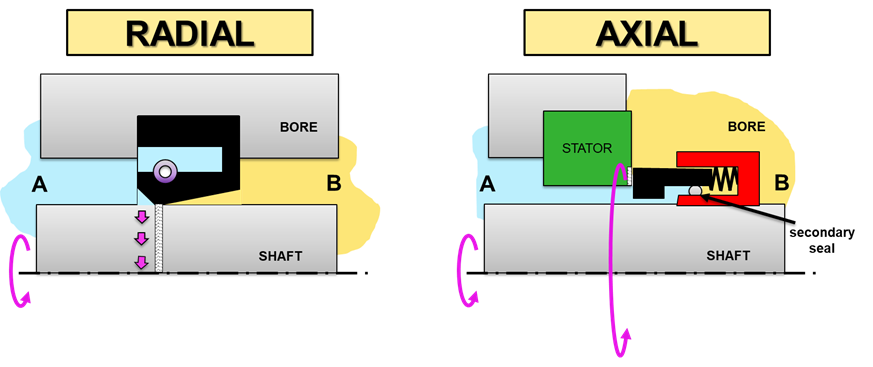
Figure 10. Rotary sealing components: radial lip seal and axial face seal.
These two types of dynamic rotary seals have in common that they do no present an obvious lubrication mechanism. There is no apparent convergent profile on the direction of motion. Hence the source of hydrodynamic pressures relies on the deviation of nominal parallelism of the sealing surfaces, i.e. surface roughness and misalignments. Further information on the operating mechanisms of the radial and axial seals can be found here and here, respectively.
Finally, it is worth mentioning the non-contacting or clearance seals. The main characteristic of these seals is the lack of contact between the static and dynamic components, i.e. there is always a gap. In applications where a certain amount of leakage is acceptable, clearance seals becomes an interesting option as they virtually present a null wear rate. This kind of seals are found in both reciprocating and rotary applications.
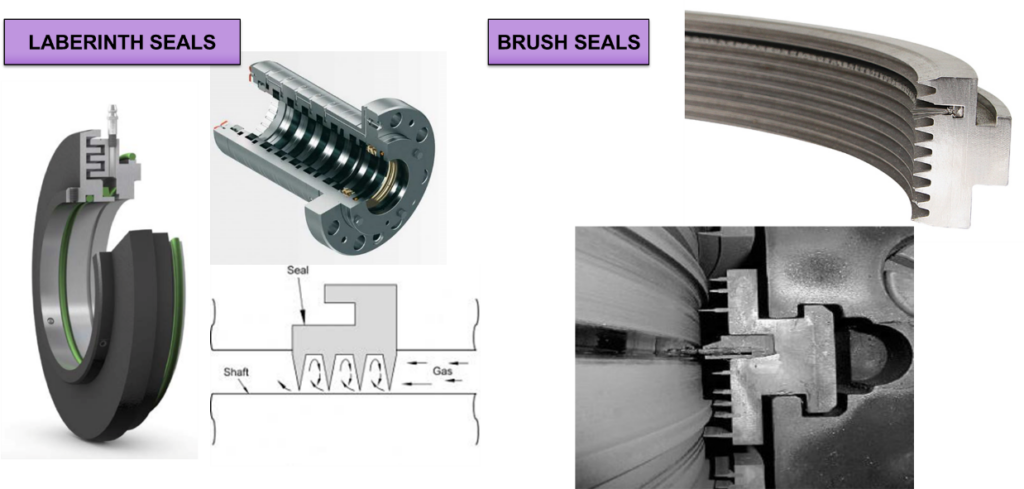
Figure 11. Non-contacting or clearance sealing components.
F. Xavier Borras, PhD
Sealing Technology Specialist
[email protected]
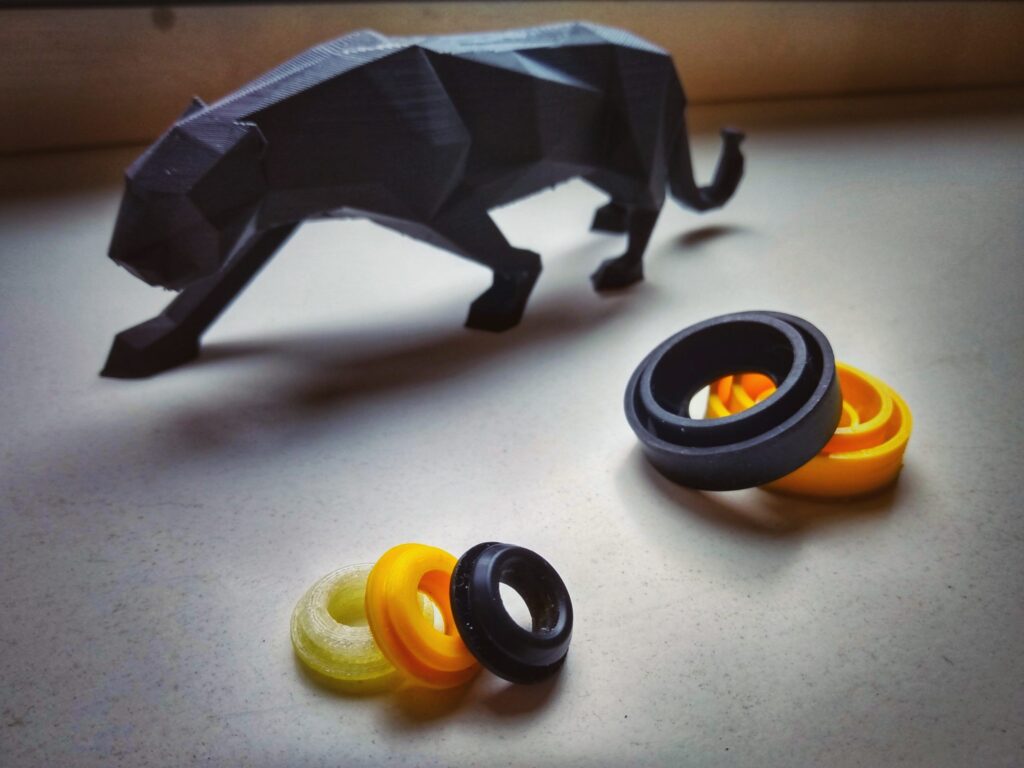


Be the first to comment